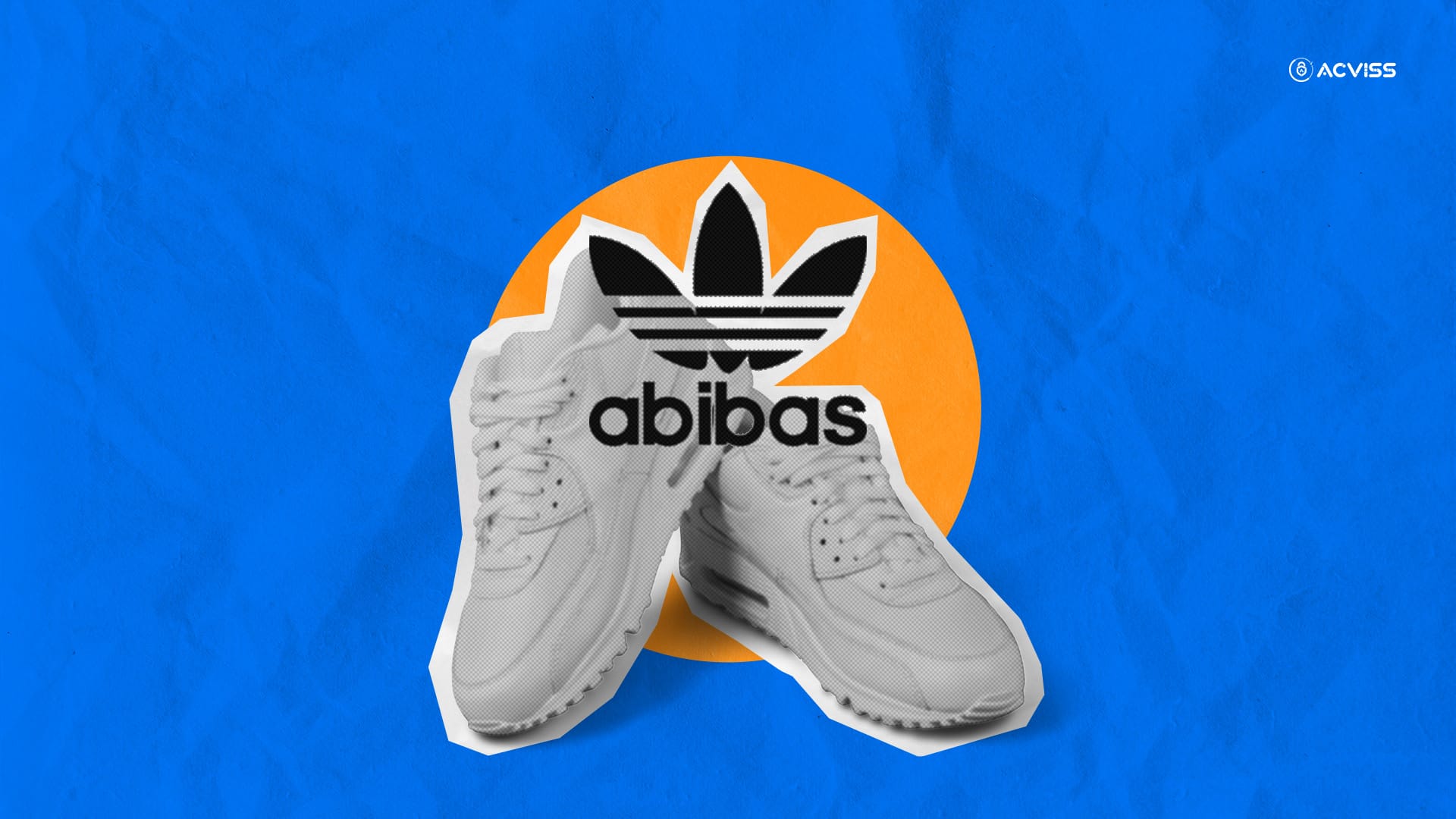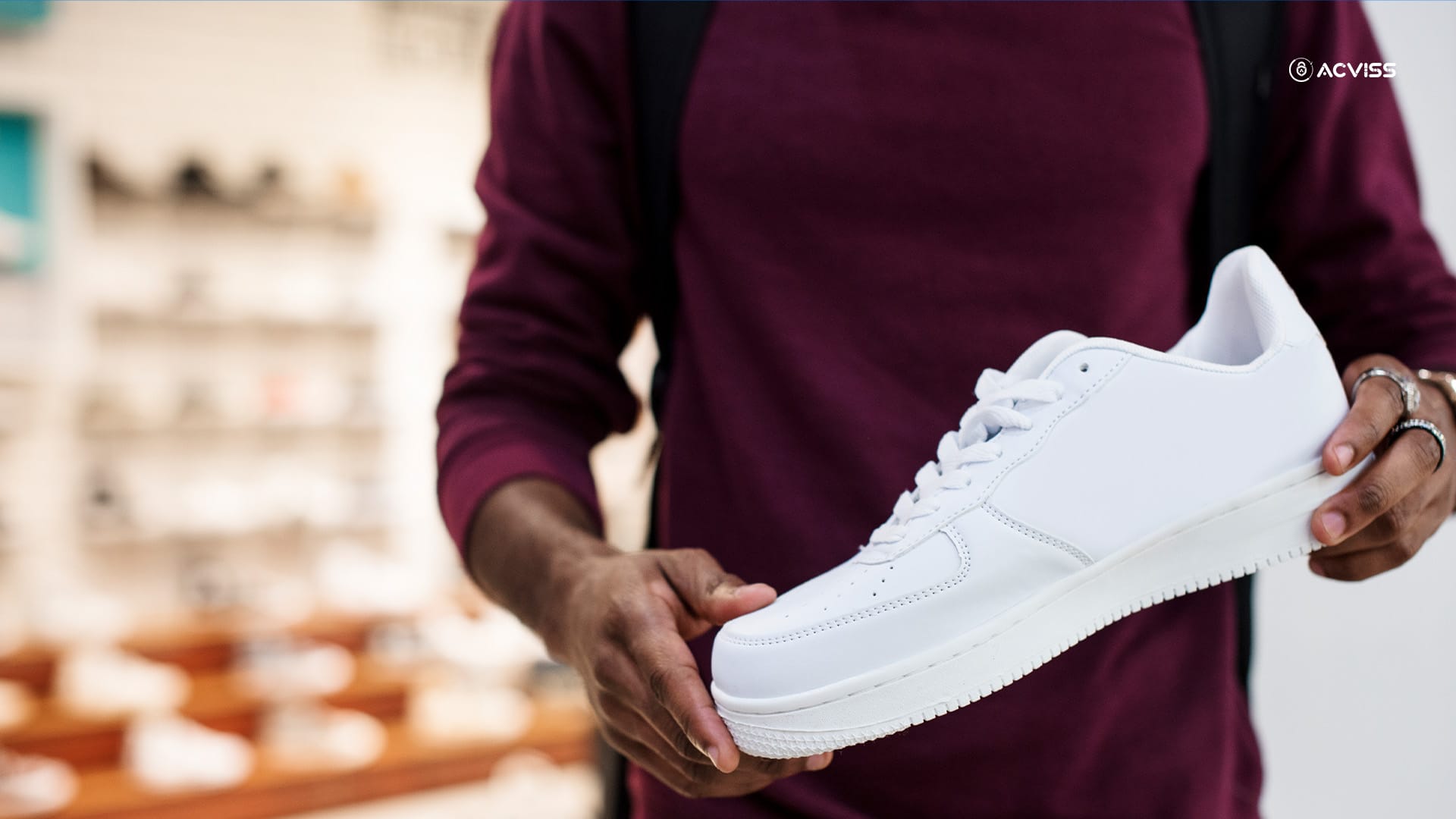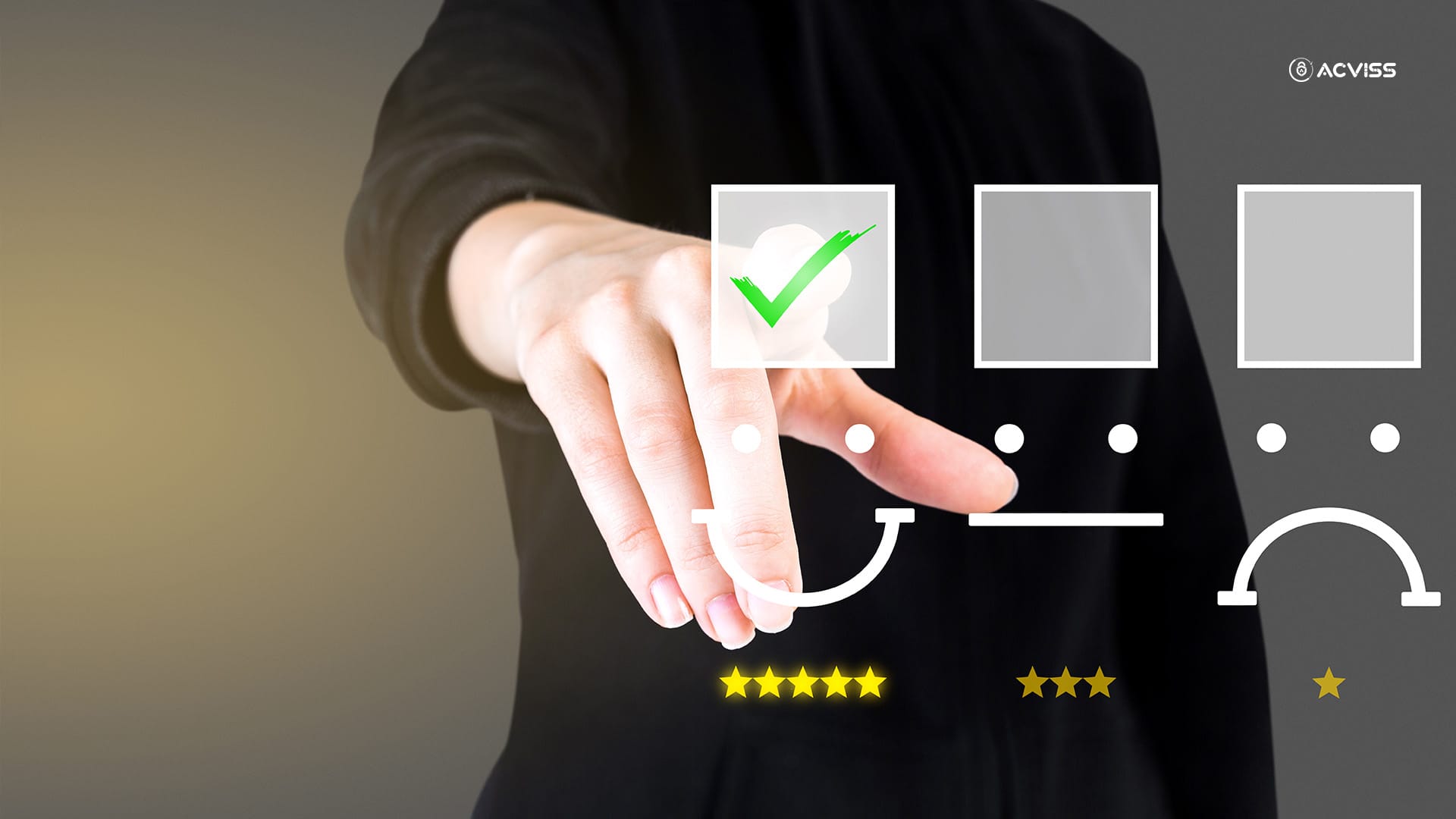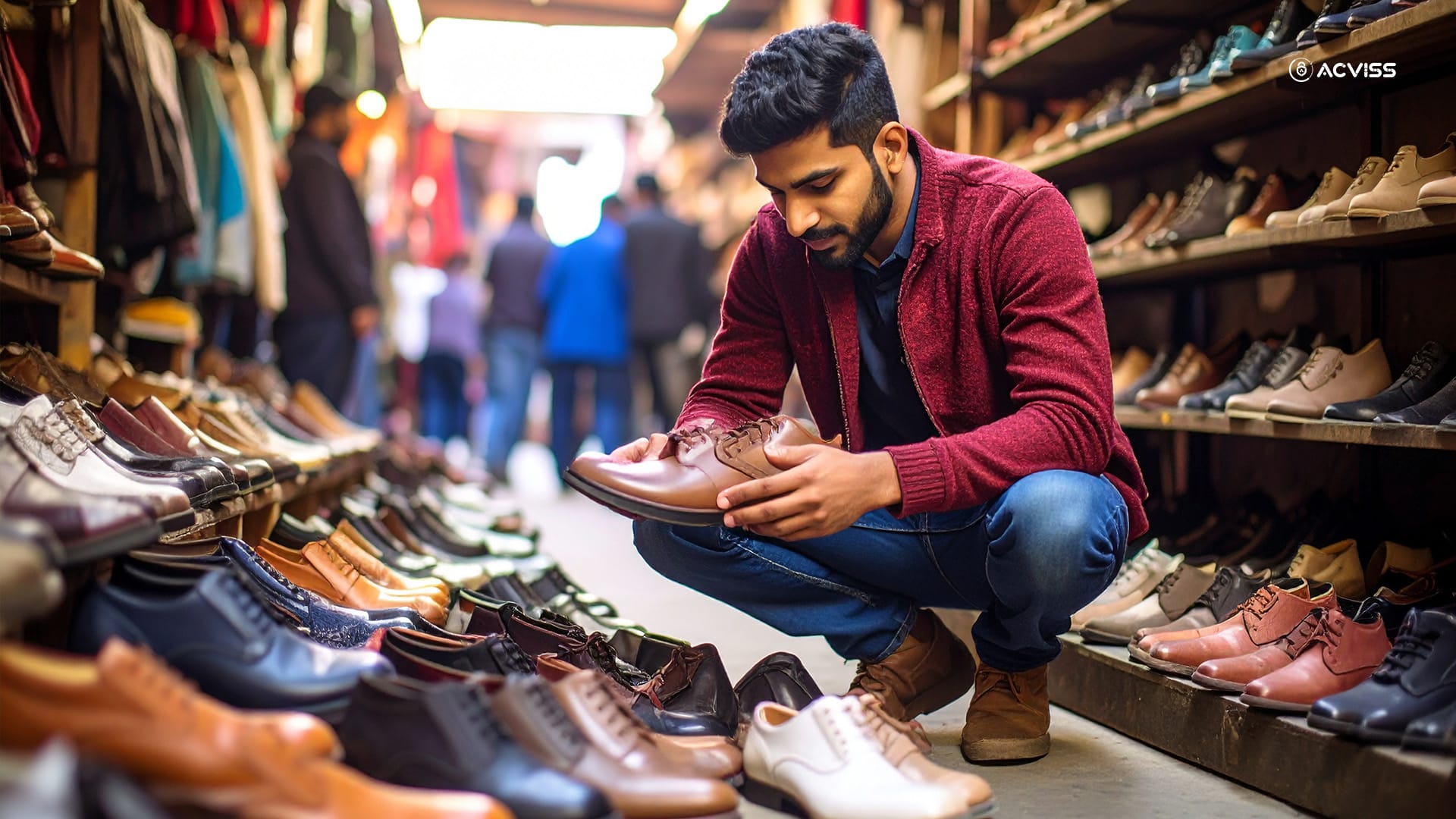Why Do Consumers Buy Fakes? The Psychology Behind Counterfeit Purchases

Counterfeit products aren’t just cheap imitations they tap into deep-seated psychological needs. This blog explores why consumers knowingly buy fakes, examines economic and cultural drivers (including in India), and offers actionable insights for brands to stay ahead.
1. Emotional and Social Triggers Behind Counterfeit Buying
- Instant Gratification & Status
Consumers often seek emotional rewards such as the thrill of owning branded goods at a fraction of the price. In many cases, a counterfeit designer bag or gadget fulfils the desire for status and social recognition.
- Social Motivation and Peer Influence
Buying fakes is sometimes a social activity. In India, studies show peer behaviour and acceptance heavily influence decisions, especially among younger demographics .
- The “Thrill of the Hunt”
The excitement of discovering a fake designer item at a low price can be addictive. Some buyers even enjoy feeling part of an “insider” community.
2. Perceived Value and Economic Factors

- Value Consciousness
When consumers feel a product's quality isn't worth the premium, they opt for fakes to maximize value. Research proves “value consciousness” is a primary motivator.
- Class Identity & Egalitarian Appeal
Emerging research suggests perceived income inequality drives counterfeit purchases people view fakes as a tool to bridge class divides.
- Affordability Pressure
Lower-income consumers, especially in emerging markets, see fakes as viable alternatives due to tight budgets and less access to authentic products .
3. Psychological Theories at Play
Cognitive Dissonance
Consumers often rationalize purchases by adjusting beliefs. They focus on benefits (“looks like real”) rather than drawbacks (“may break sooner”) .
Self-Licensing
Buying a fake product can subconsciously justify other indulgent or questionable behaviours consumers feel they've “earned” it.
Did you know How QR code can help Brands Complete Consumer Behaviour
4. The Indian Perspective
Counterfeit penetration is notably high in India 25–30% of many markets are counterfeit-influenced bwhealthcareworld.com. Factors such as peer influence, affordability, and aspirational values are major contributors.
5. Impact on Brands

Counterfeits aren’t harmless. They erode brand equity, confuse customers, and reduce repeat purchases . Worse, fakes can cause safety issues, reputation damage, and legal liabilities.
6. How Brands Can Respond
Educate and Create Emotional Connection
Explain the importance of authenticity and brand heritage. Encourage pride in genuine ownership.
- Offer Accessible Alternatives
Introduce budget sub-brands or entry-level lines to meet consumer needs without losing loyalty.
- Use Smart Packaging and Traceability
Implement GS1-compliant QR codes, parent-child serialization, and mobile-scannable IDs so consumers can authenticate with a tap.
- Leverage Channel based Loyalty and Insights
Use verified-purchase data to reward etc or offer exclusive deals to customers, retailers, distributors. Understanding who scans products helps with targeted marketing and retention.
7. Case Example: Fraudulent Online Reviews
The rise of AI-generated counterfeit reviews shows how fake content misleads buyers. Fake reviews erode trust in platforms and products. Verified-purchase labels become critical signals of authenticity.
8. Final Thoughts

Consumers don’t buy fakes just to save money they’re seeking belonging, pleasure, and identity. By combining emotional connection, traceability, and customer loyalty, brands can detach those motivations from counterfeit behaviour.
Summary Table
Motivation | Description | Brand Strategy |
|---|---|---|
Social & Status | Belong to aspirational groups | Encourage emotional brand connection |
Value Consciousness | Want best value for money | Offer budget-friendly authentic lines |
Thrill & Novelty | Seek excitement and exclusivity | Gamify authenticity and traceability |
Rationalization / Dissonance | Justify immoral buys internally | Promote ethics, safety, authenticity |
FAQs
Why do consumers knowingly buy counterfeit products?
Consumers often buy fakes to access aspirational brands they otherwise cannot afford. Emotional factors like status, peer influence, and perceived value outweigh legal or ethical concerns for many.
Is buying counterfeit always about saving money?
Not entirely. While affordability plays a role, many buyers are motivated by social validation, the thrill of exclusivity, or a belief that the fake offers "good enough" quality for its price.
How do fake products affect genuine brands?
Counterfeits dilute brand trust, confuse loyal buyers, and reduce repeat purchases. They also increase support costs, return fraud, and damage public reputation.
What types of products are most counterfeited in India?
FMCG, electronics, apparel, and pharmaceuticals lead the list. Items that are widely distributed and have high aspirational appeal are most vulnerable.
How can brands reduce counterfeit-driven buying behaviour?
By offering affordable alternatives, running authenticity awareness campaigns, and using digital verification tools like QR codes and scan-to-win rewards.
How does Acviss help in combating counterfeit psychology?
Acviss uses secure non-cloneable labels, parent-child traceability, and consumer-facing loyalty programs to reward genuine purchases and educate buyers at the point of sale.
Conclusion
Consumers buy fakes for emotional, social, and economic reasons, not just price. To stop counterfeits, brands must influence the decision moment. Making authenticity easy to verify and rewarding to choose is more effective than enforcement alone.
Smart solutions like Acviss help brands shift behaviour by making genuine products visible, verifiable, and valued.